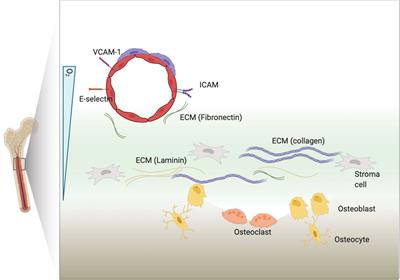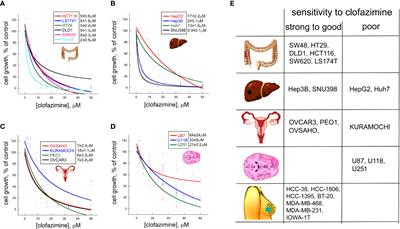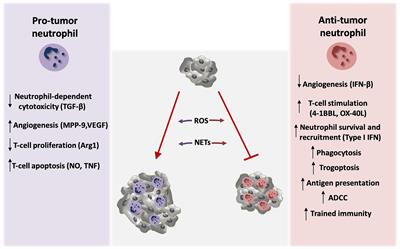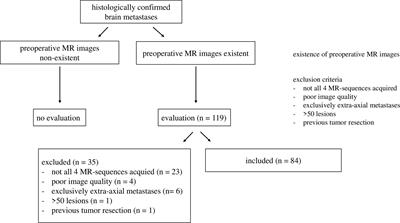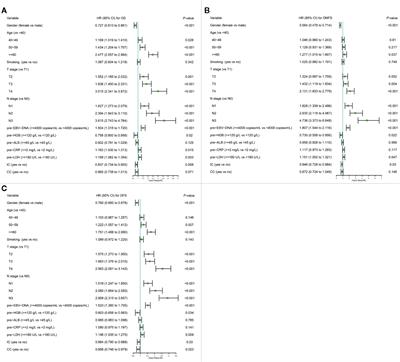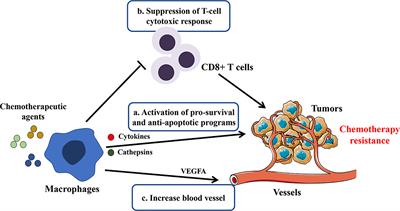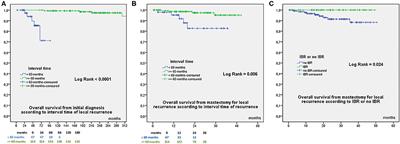
Purpose
Single extracranial metastases from ovarian and uterine malignancies have historically been treated with surgery or conventional radiation. We report mature local control (LC), overall survival (OS), progression free survival (PFS), and toxicity for patients who completed 5-fraction stereotactic body radiation therapy (SBRT).
Methods
Patients with biopsy-proven, single extracranial metastases from primary ovarian and uterine malignancies treated with 5-fraction SBRT were included. Patients were stratified based on tumor volume (small < 50 cc or large ≥ 50 cc) and dose (low dose < 35 Gy or high ≥ 35 Gy). Kaplan–Meier method was used to estimate LC, OS, and PFS.
Results
Between July 2007 and July 2012, 20 patients underwent SBRT to a single extracranial metastasis. Primary site was divided evenly between ovarian and uterine (n = 10 each). Metastases involved the liver (30%), abdominal lymph nodes (25%), lung (20%), pelvic lymph nodes (10%), spine (10%), and extremity (5%). The median gross tumor volume (GTV) was 42.5 cc (range, 5–273 cc) and the median dose to the GTV was 35 Gy (range, 30–50 Gy). At a median follow-up of 56 months, the 5-year LC and OS estimates were 73 and 46%. When stratified by tumor volume, the 5-year LC and OS for small tumors were significantly better at 100% (p < 0.01) and 65% (p < 0.02). When stratified by dose, the 5-year LC was 87.5% with high dose and 53.6% with low dose (p = 0.035). The 5-year PFS for the entire cohort was 20%. Four patients with small metastases who had complete response remained disease free at study completion and were considered cured (median PFS > 10 years). Treatment was generally well tolerated, and only one patient experienced a late grade III musculos keletal SBRT related toxicity.
Conclusions
SBRT is a versatile, well-tolerated, and effective treatment option for single extracranial metastases from ovarian and uterine primary tumors. 35 Gy in five fractions appears to be a practical minimum effective dose. Four patients with small metastases were disease free at the study completion and considered cured. However, patients with larger metastases (≥50 cc) may require higher SBRT dosing or alternative treatments.


